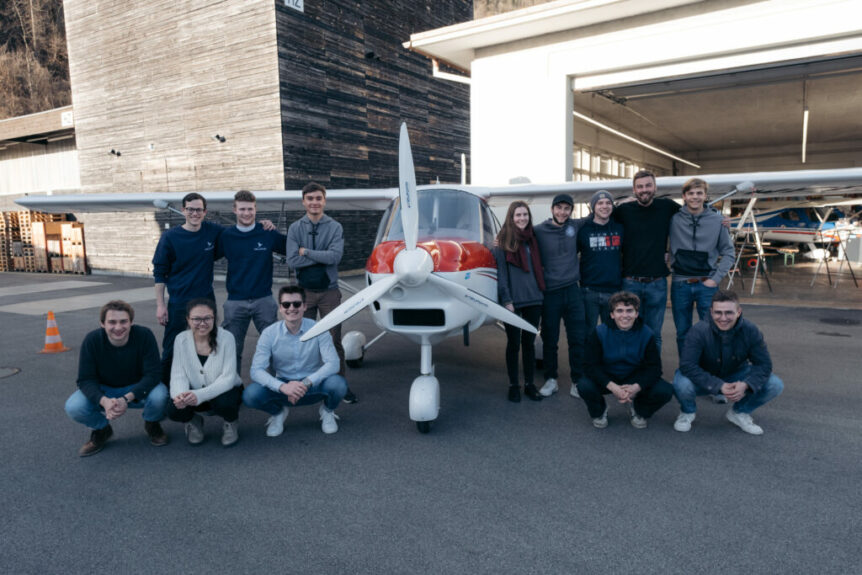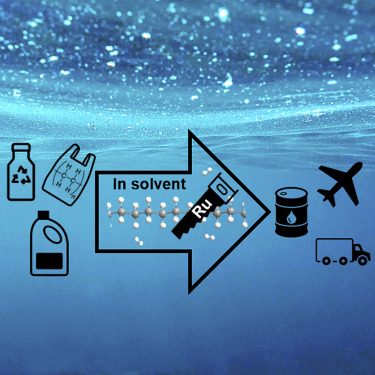The Cellsius AC4 Lightwing is a capable microlight aircraft popular in Europe. As part of a project to clean up aviation, it will fly on hydrogen, and for good distances if students at ETH Zurich* are successful in their project. Students are modifying a Lightwing to run on pressurized H2, and crafting motor, fuel system, tanks, power electronics, and battery backup system to make a coordinated, custom-fitted craft. It will stay aloft for two hours and emit nothing but water vapor. The project’s web site spells out the students’ ambitions. “Our powertrain consists of many components that together can get an aircraft into the air. “To make this a reality, we develop the majority of our components ourselves, tailored to our requirements.” Components include a radial-flux motor, unusual in that most electric aircraft motors are axial flux. Students worked with e+a (Elektromaschinen und Antriebe) AG to design and construct the unit. With that motor, students helped design a matching inverter …
Valuable Materials and Fuels from Trash
The Earth we inhabit struggles in an ever-tightening race between being overcome with its own trash and cleaning up after itself. Two stunning approaches to turning trash and waste into valuable materials and fuels could help us win that race. Graphene Dreams in a Flash Bigthink.com leads with the news that, “Graphene typically costs $200,000 per ton. Now, scientists can make it from trash.” This “insanely useful” product is difficult to produce, making it a luxury for many applications – until now. Graphene is insanely useful, but very difficult to produce — until now. Dr. James Tour and his Rice University students have created a way to produce graphene in large quantities in a literal flash. This technique, Flash Joule Heating, was discovered in Dr. Tour’s laboratory by graduate student Duy Luong. Also the lead author on the paper in the journal Nature, Luong “Did not expect to find graphene when he fired up the first small-scale device to find …


